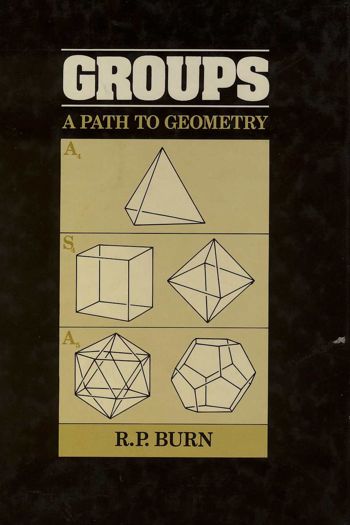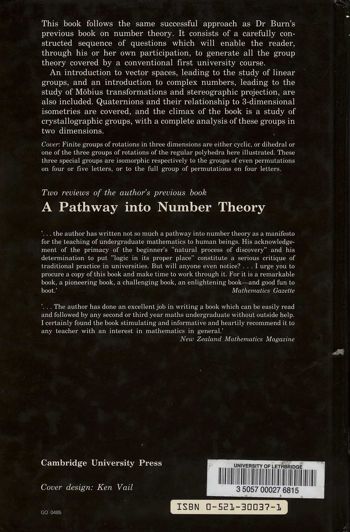
Home
Journals 2008
Year to Date
January
February
March
April
May
June
July
August
September
October
November
December
Time Tables 2008
Year to Date
January
February
March
April
May
June
July
August
September
October
November
December

Year to Date
January
February
March
April
May
June
July
August
September
October
November
December
Year to Date
January
February
March
April
May
June
July
August
September
October
November
December
This page last updated on: Sunday, May 11, 2008 7:43 AM
It is - 2 C with a high forecast of +14 C. Sunrise 5:53 Sunset 21:02 Hours of daylight: 15:09
I had a good night's sleep and am looking forward to the day. Having a cup of coffee beside me is a good start.
Yesterday was not a good day. I burned a pot of barley soup while on the phone and then began snacking and gained a couple of pounds. I also had difficulty getting my head around doing some elementary mathematics. Today will be different.
I have one chore scheduled for today - to take a load of refuse out to the local dump. I will do that at about 10 this morning after it warms up a little. But my main goal is to do some serious mathematics.
| Learning Category | Planned Activities for Today | Time |
|---|---|---|
| Literature | Begin morning with a Rumi reading | |
| Literature | Continue reading "Late Nights on Air" by Elizabeth Hay | 1 hr |
| Mathematics | Make notes on symmetry - 11 | 2 hr |
| Puzzles & Games | New York Times crossword puzzles | 1 hr |
B. Actual Learning Activities
6:30 am
Notes on Symmetry - 11
Dale Burnett
The goal today will be to review all of the books I am using and make some substantial progress with the preliminary ideas involving sets and functions. The idea will be to review the material in the first chapter of Burn and then see what additional information I can find on the same topic in my other books. My main difficulty when I first looked at this material was the terminology: words like bijection, injection, surjection, onto, not onto, and codomain appeared to me to be unecessary and pedantic. But I now realize they each denote an important idea. The first consequence of this strategy is to add two more books to the table below that identifies the books and the chapters that I am using. I now have 7 books, all of which I would categorize as textbooks, that focus on developing the skills to actually "do" mathematics. |
Here is my chart of symmetry readings: Each cell will corresponds to a chapter. Yellow indicates the number of chapters in the book, green indicates that I have read and made notes on the chapter. Grey indicates that I used part of the chapter. The background colors of the book titles are purple for mathematics books where one actually does the mathematics and light blue indicated books that describe what others have done. In an ideal world on each day I should be able to add at least one cell to what I have read.
|
I want to begin with the Burn book "Groups: A Path to Geometry". Here are the terms he uses in the first chapter:
I just realized that the chapter ends with a concise summary of both the important definitions as well as a collection of Theorems that were developed in the chapter. These theorems are important results that can then be used as "facts" in further explorations. But one needs a firm understanding of the original definitions in order to appreciate the meaning of the Theorems. |
Let me try to write definitions for each of the above terms:
| function | a rule (sometimes called a mapping) from A to B that assigns a unique element in a set B to each element in a set A. |
| cartesian product | the set of all ordered pairs of elements from two sets, A and B. |
| graph | the set of all points in the cartesian product that satisfies a particular function |
| domain | the set of elements in the first set of a function |
| codomain | the set of possible elements for the second set |
| range | the set of elements in the second set that are mapped by the function |
| injection | a one-one function. If f(x) = f(y) then x = y. |
| surjection | an onto function. There is always an element x for every element y |
| bijection | an injection which is also an surjection |
| composition |
In addition to having a very clear understanding of each of these terms (concepts) it is also necessary to have a very clear understanding of the notational conventions for expressing these ideas. The book "A Transition to Advanced Mathematics" (2006) by Douglas Smith & Maurice Eggen was particularly useful (e.g. chapter 4 on Functions). I have now had a closer look at chapter 4 of Smith & Eggen. This provides a much more detailed and extensive treatment of the concept of function. This leads to the question of whether I should now read the first three chapters of Smith & Eggen. After having a close look at Smith & Eggan, I think that it makes sense to ignore the first two chapters as being too far from my area of interest, but that both chapter 3 (on Relations) and chapter 4 (on Functions) deserve very close study. Chapter 3 introduces the concept of a digraph (directed graph) for both relations and functions. This will be a new topic for me. Now to begin chapter 3. |
Summary
|
Tags: mathematics, function, morphism, representation, group
8:30 PM
Books on the Go Today |
|
 |
 |
 |
 |
 |
 |
 |
blank |